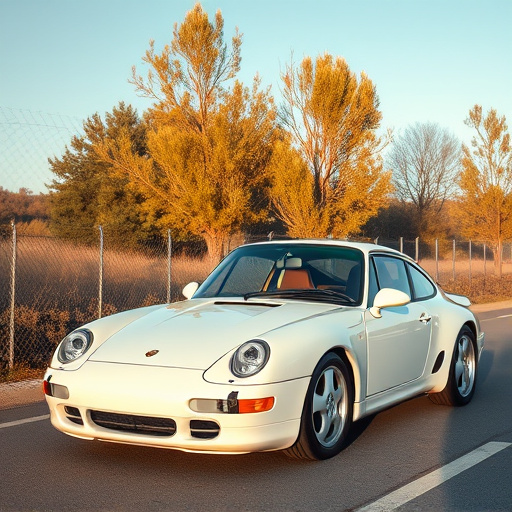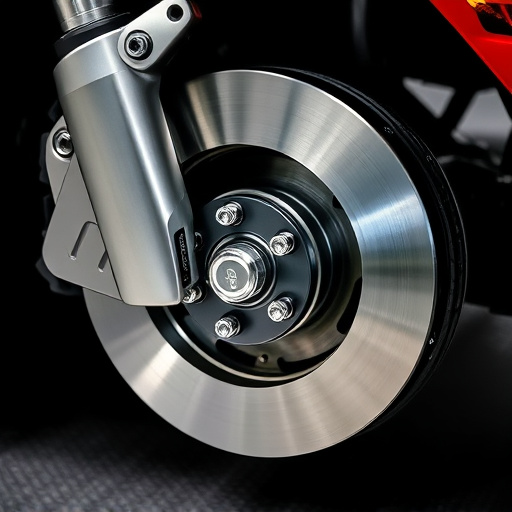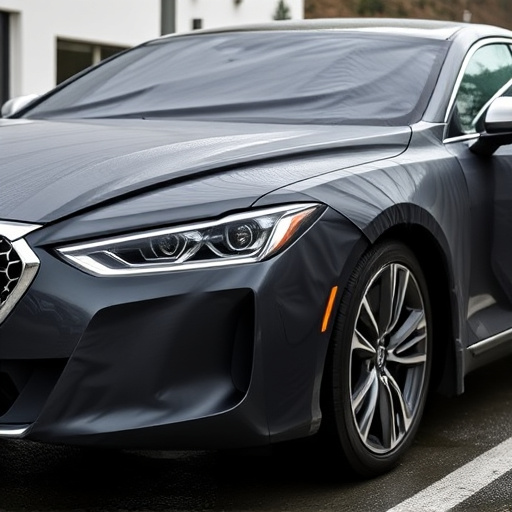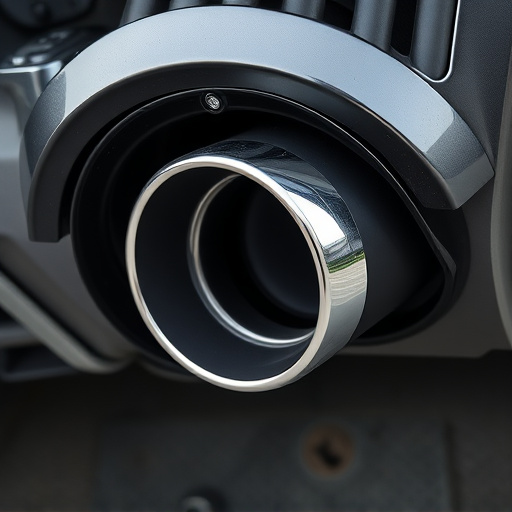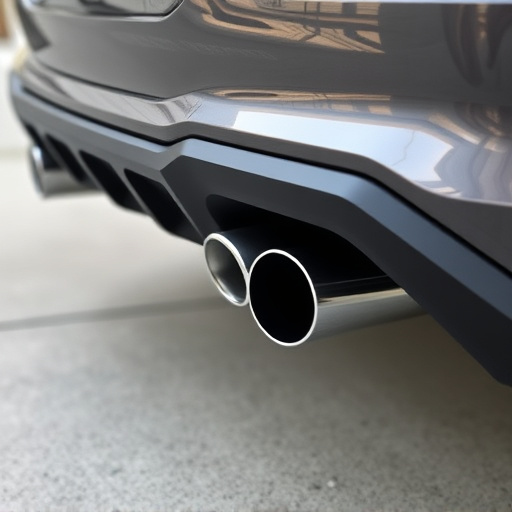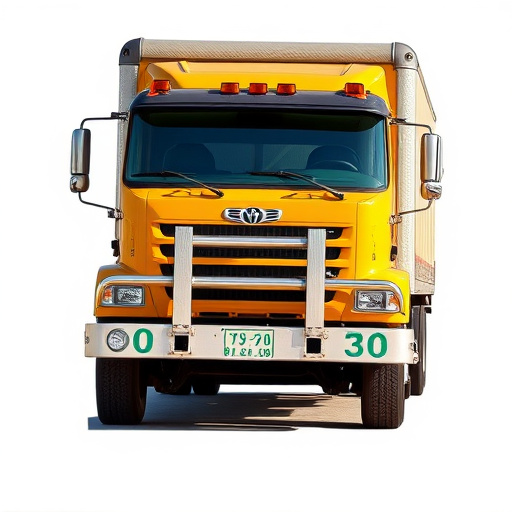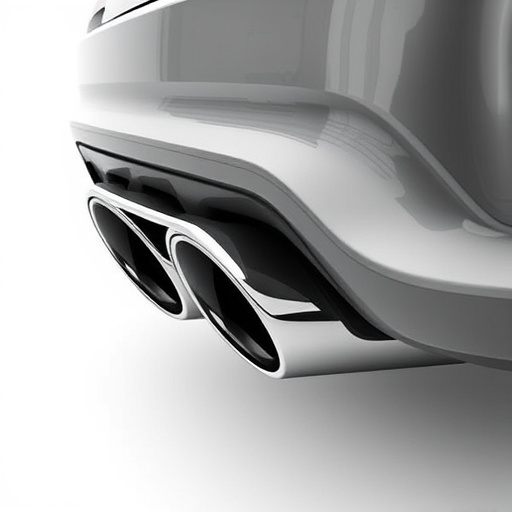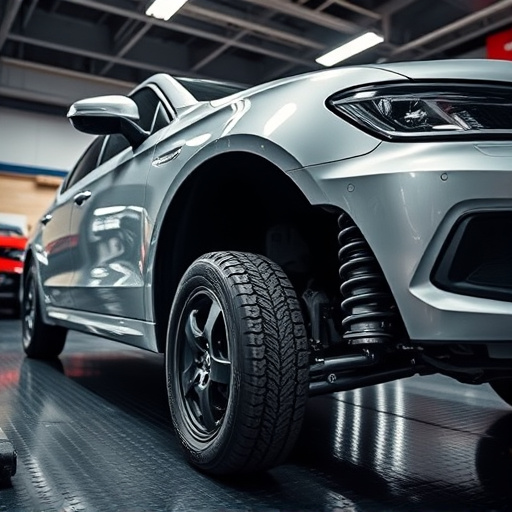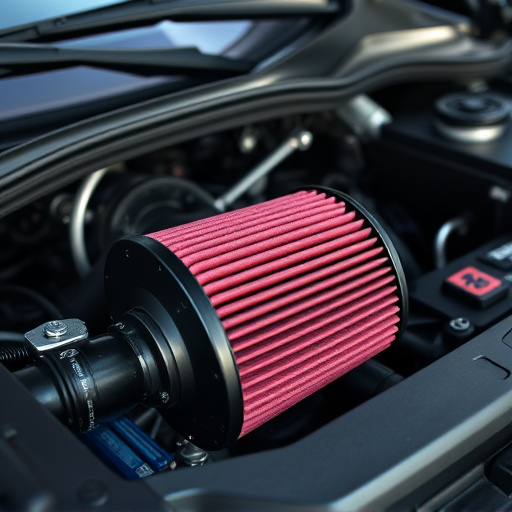Drop-in air filters enhance car performance and efficiency by replacing stock air filters with high-quality materials that capture contaminants while allowing clean air flow. K&N filters offer up to 30% more airflow and are reusable, while OEM filters are more affordable and readily available. Cost and durability are key considerations; K&N filters provide better long-term value despite higher initial cost.
“Unleash your vehicle’s full potential with the right drop-in air filter. This comprehensive guide compares K&N and Original Equipment Manufacturer (OEM) options, offering insights into performance, efficiency, cost, and durability. Understanding drop-in air filters is key to enhancing engine health and fuel economy. We’ll break down the pros and cons of each, helping you choose between K&N’s renowned performance and OEM’s stock reliability.”
- Understanding Drop-In Air Filters: A Basic Overview
- K&N vs OEM: Performance and Efficiency Comparison
- Cost and Durability: K&N vs OEM Drop-In Options Evaluated
Understanding Drop-In Air Filters: A Basic Overview
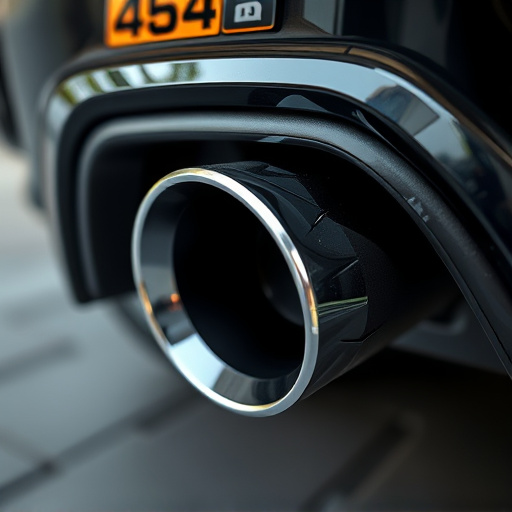
Drop-in air filters are a popular upgrade choice for car enthusiasts looking to enhance their vehicle’s performance and efficiency. These filters are designed to directly replace the stock air filter housing, offering an easy and direct installation process. By removing the old filter and installing a new drop-in model, drivers can enjoy improved airflow and better engine performance. This simple modification is one of the most cost-effective ways to boost power and fuel economy, making it an attractive option for those seeking an affordable performance enhancement.
Understanding how these filters work involves knowing that they are typically made from high-quality materials like cotton or synthetic media, which capture dust, dirt, and other contaminants while allowing clean air to pass through. This ensures a more efficient combustion process in the engine. Drop-in air filters often come with various improvements over OEM (original equipment manufacturer) filters, such as larger surface areas, oiled media for better flow, and durable construction, making them a popular choice among car owners looking to customize their vehicle’s intake components.
K&N vs OEM: Performance and Efficiency Comparison
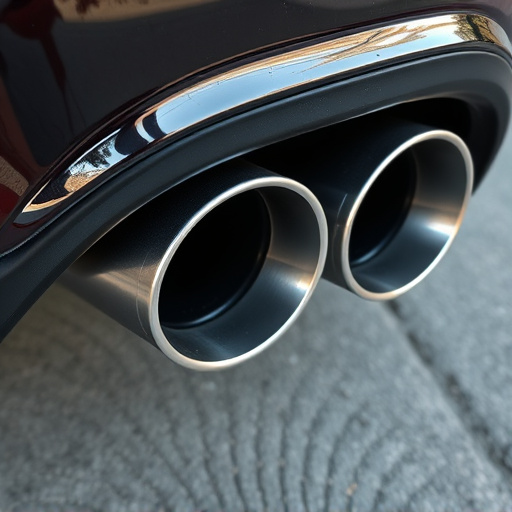
When comparing K&N to OEM drop-in air filters, performance and efficiency are key factors for vehicle owners to consider. K&N air filters are renowned for their superior flow capabilities, offering up to 30% more airflow than many OEM alternatives. This translates into enhanced engine performance, especially in vehicles with turbocharged or supercharged engines. The advanced design of K&N filters includes a re-usable and washable structure, allowing for long-lasting efficiency and cost savings over time, as opposed to disposable OEM filters.
On the other hand, OEM drop-in air filters are often more affordable and readily available, making them a popular choice for budget-conscious drivers. While they provide adequate filtration, OEM filters may not offer the same level of airflow improvement as K&N. In terms of installation, both types of air filters are designed for easy “drop-in” replacement, requiring minimal time and tools. However, some vehicle owners report that certain OEM kits might require adjustments or additional modifications for optimal fitment, especially in cars with unique or complex intake systems.
Cost and Durability: K&N vs OEM Drop-In Options Evaluated
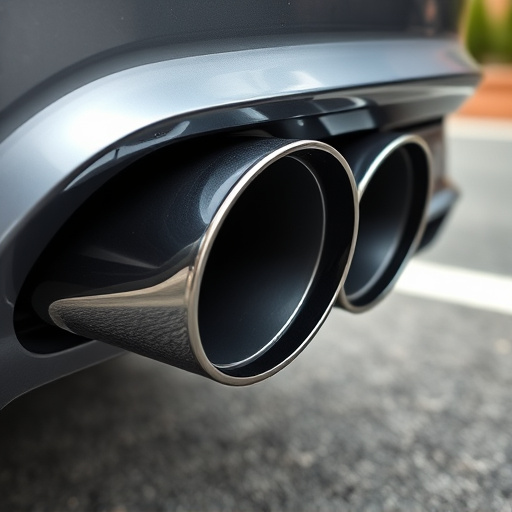
When comparing K&N to OEM drop-in air filters, cost and durability are key factors. K&N filters are known for their competitive pricing, offering a cost-effective alternative to original equipment manufacturer (OEM) options. While initial costs may be lower for OEM filters, K&N’s long-lasting design means they often provide better value over time.
Durability is another area where K&N shines. Their filters are designed to withstand harsh conditions, ensuring they maintain their efficiency even after extensive use. In contrast, some OEM drop-in filters may offer shorter lifespans and require more frequent replacements, especially in environments with poor air quality or demanding performance exhaust and suspension components modifications like cold air intakes.
When comparing K&N to OEM drop-in air filters, it’s evident that both have their merits. K&N offers superior performance and efficiency, outperforming OEM filters in terms of airflow and dust capture. However, OEM filters may provide better cost-effectiveness and durability for certain vehicles. Ultimately, the choice between K&N and OEM depends on individual preferences and specific vehicle needs. Upgrading to a high-performance drop-in air filter can enhance engine performance, but it’s crucial to consider both performance gains and long-term costs for an informed decision.
